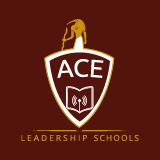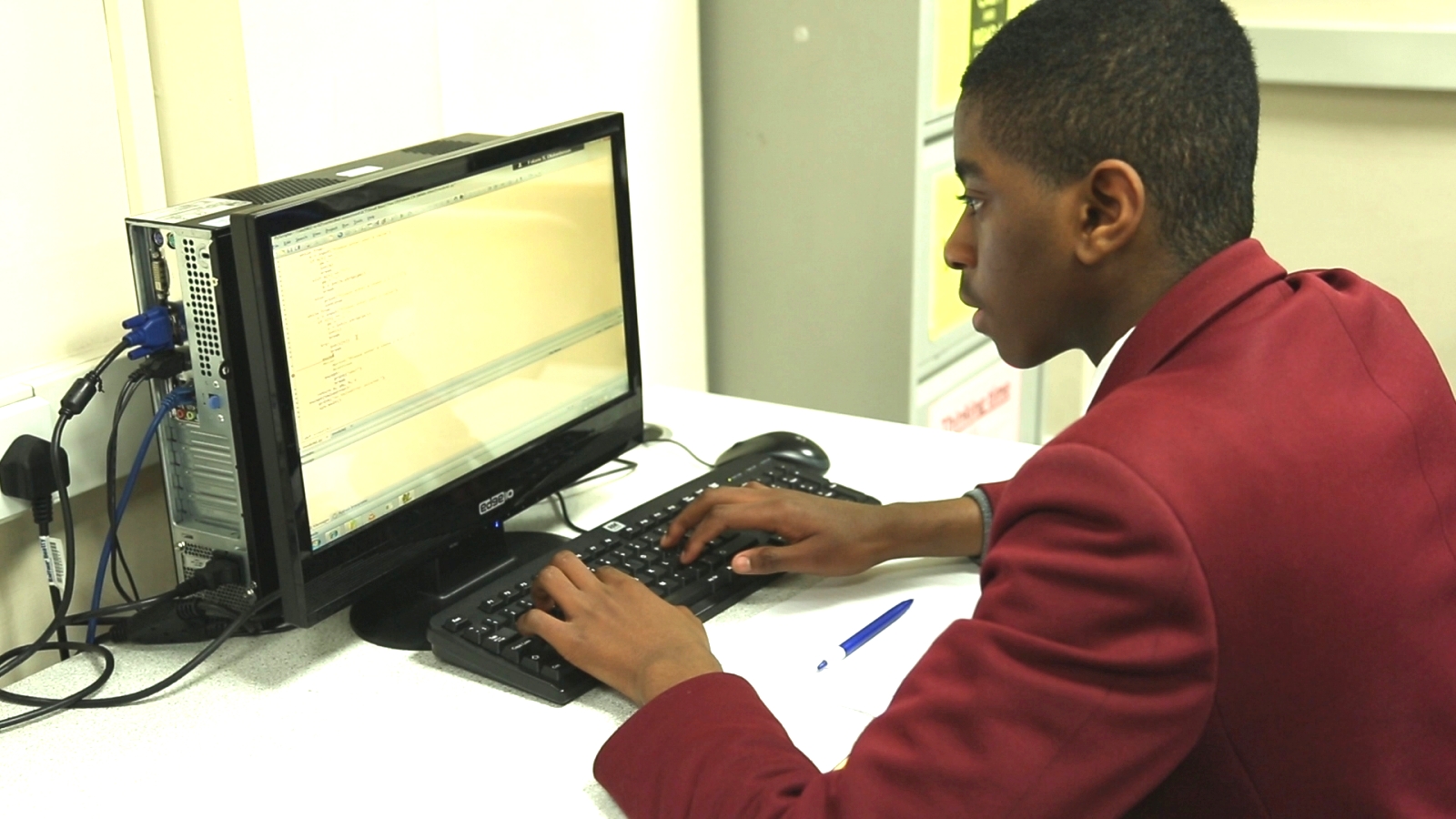Blended learning
Blended learning is an approach to education that combines online educational materials and opportunities for interaction online with traditional place-based classroom methods. It requires the physical presence of both teacher and student, with some elements of student control over time, place, path, or pace. While students still attend “brick-and-mortar” schools with a teacher present, face-to-face classroom practices are combined with computer-mediated activities regarding content and delivery. Blended learning is also used in professional development and training settings.
Blended learning is highly context-dependent therefore a universal conception of it is hard to come by. Some reports have claimed that a lack of consensus on a hard definition of blended learning had led to difficulties in research on its effectiveness. However, a 2015 meta-analysis that historically looked back at a comprehensive review of evidence-based research studies around blended learning, found commonalities in defining that blended learning was “considered a combination of traditional f2f [face to face] modes of instruction with online modes of learning, drawing on technology-mediated instruction, where all participants in the learning process are separated by distance some of the time.” This report also found that all of these evidence-based studies concluded that student achievement was higher in blended learning experiences when compared to either fully online or fully face-to-face learning experiences.
Blended instruction is reportedly more effective than purely face-to-face or purely online classes. Blended learning methods can also result in high levels of student achievement more effective than face-to-face learning. By using a combination of digital instruction and one-on-one face time, students can work on their own with new concepts which frees teachers up to circulate and support individual students who may need individualized attention. “Rather than playing to the lowest common denominator – as they would in a traditional classroom – teachers can now streamline their instruction to help all students reach their full potential.” Proponents of blended learning argue that incorporating the “asynchronous Internet communication technology” into higher education courses serves to “facilitate a simultaneous independent and collaborative learning experience”. This incorporation is a major contributor to student satisfaction and success in such courses. The use of information and communication technologies have been found to improve student attitudes towards learning. By incorporating information technology into class projects, communication between lecturers and part-time students has improved, and students were able to better evaluate their understanding of course material via the use of “computer-based qualitative and quantitative assessment modules”.
Blended learning also have the potential to reduce educational expenses, although some dispute that blended learning is inherently less expensive than traditional classroom learning. Blended learning can lower costs by putting classrooms in the online space and it essentially replaces pricey textbooks with electronic devices that students often bring themselves to class. E-textbooks, which can be accessed digitally, may also help to drive down textbook budgets. Proponents of blended learning cite the opportunity for data collection and customization of instruction and assessment as two major benefits of this approach. Blended learning often includes software that automatically collects student data and measures academic progress, providing teachers, students and parents detailed students data. Often, tests are automatically scored, providing instantaneous feedback. Student logins and work times are also measured to ensure accountability. Schools with blended learning programs may also choose to reallocate resources to boost student achievement outcomes. Students with special talents or interests outside of the available curricula use educational technology to advance their skills or exceed grade restrictions. Blended learning allows for personalized education, replacing the model where a teacher stands in front of the classroom and everyone is expected to stay at the same pace. “Blended learning allows students to work at their own pace, making sure they fully understand new concepts before moving on.” A classroom environment that incorporates blended learning naturally requires learners to demonstrate more autonomy, self-regulation, and independence in order to succeed. If teachers offer a form of initial program orientation before introducing blended learning strategies, it can better prepare students to feel confident navigating the different components and developing a stronger sense of independence.
Tag:WordPress



